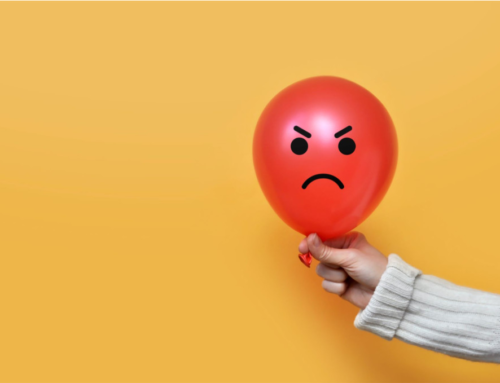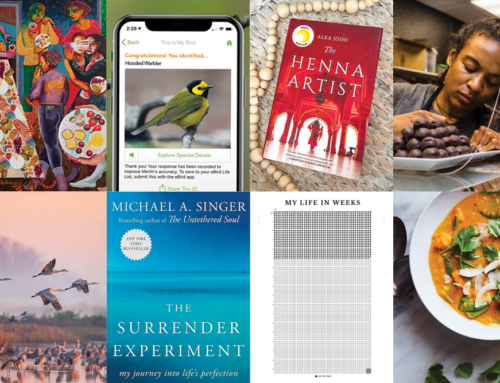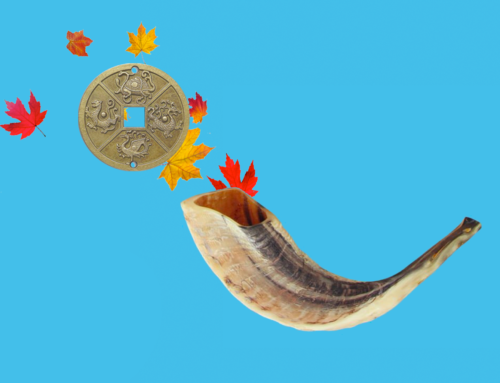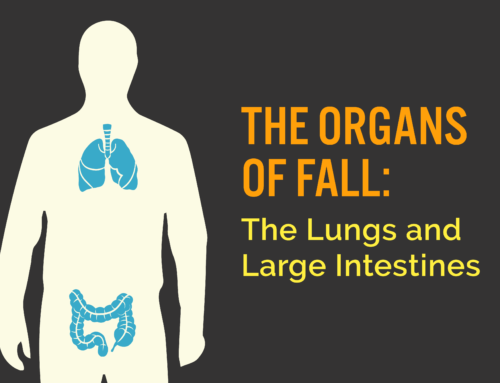Many of you who come to Mend have very likely smelled moxa in our treatment rooms and hallways (and perhaps exclaimed to yourself or your acupuncturist “it smells like pot in here!”). I’ve found that so many patients have never experienced it or have no idea what it is. However, moxa is a HUGE part of Traditional Chinese Medicine and is quite often used in conjunction with acupuncture.
Moxa is refined mugwort, a plant that literally grows all around us here in Maryland. Moxibustion is the burning of moxa over acupuncture points or specific areas of the body. It is a particularly lovely modality in the winter due to its warming properties. Moxa is most commonly used when there is a deficiency of Yang (warmth) or a deficiency of Qi (energy) or blood, and is also good for moving stagnation with many types of pain.
Moxa can be used in many different forms and methods. You will sometimes see it in its loose form where it is burned on top of acupuncture needles, or rolled into a stick to burn over specific or larger areas of the body. Moxa is often indicated for symptoms that are worse with cold and better with heat such as muscle or joint pain, anemia, immunity, fatigue, incontinence, loose stools and gynecological issues such as heavy uterine bleeding, or menstrual pain. A common use of moxa that has become more well known in mainstream culture is its ability to flip breech babies in utero when applied over the a point on the outside of the little toe, as many of you mamas out there have experienced for yourself.
What’s even more lovely about moxibustion is that it is a tool that you can use on yourself at home. Check in with your acupuncturist first, so they can assess whether or not moxa is a good modality for you (if you have a beet red complexion and/or feel hot all the time, moxa is likely not your jam). If a good fit, your acupuncturist will give you instructions for specific points and areas of the body to apply it.





